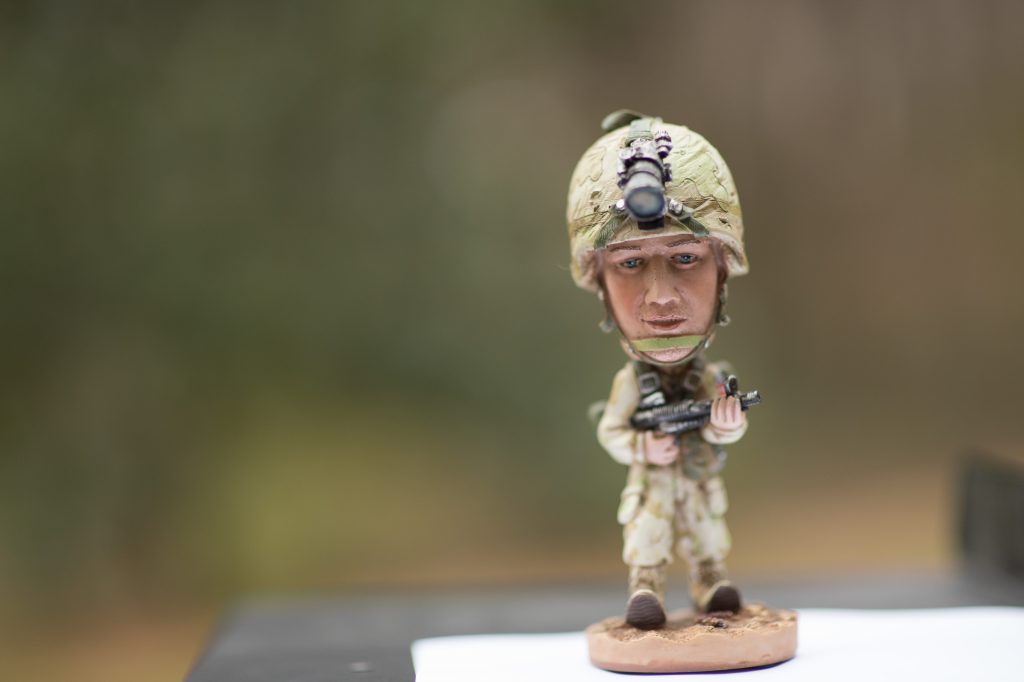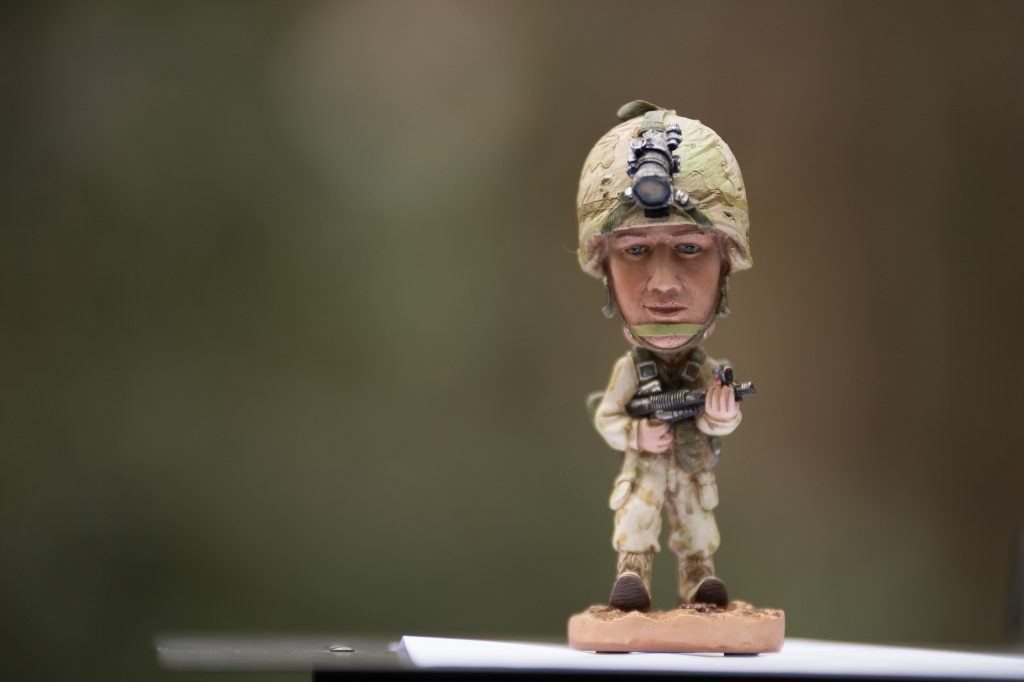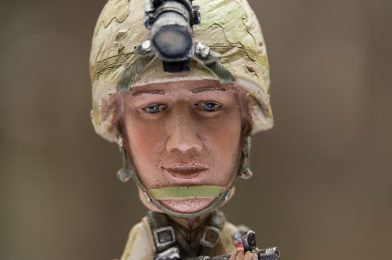[X-E2, XF55-200mmF3.5-4.8 R LM OIS, Mode = Aperture Priority, ISO 2000, 1/500, ƒ/5.6, (35mm = 300)]
Depth of field is one of the most critical aspects of photography that allows photographers to control the amount of sharpness in a scene. It refers to the range of distances within a scene that appear acceptably sharp in an image. While many assume that depth of field is all about the aperture, the truth is that focal length and distance to the subject are just as crucial.
The aperture is undoubtedly an essential factor that affects the depth of field. A wide aperture (small f-number) results in a shallow depth of field, while a narrow aperture (large f-number) results in a deep depth of field. However, focal length and distance to the subject also play a significant role in determining the depth of field.

Focal length refers to the distance between the lens and the camera’s image sensor. It affects the angle of view, perspective, and image compression. When using a longer focal length, the depth of field appears shallower, making the background blurrier. In contrast, shorter focal lengths result in a deeper depth of field, making more of the scene appear in focus.

Distance to the subject is another critical factor that affects depth of field. When you move closer to the subject, the depth of field becomes shallower. Conversely, when you move away from the subject, the depth of field becomes deeper. This is why portraits shot at a close distance with a wide aperture have a shallow depth of field, resulting in a blurred background.
Therefore, to achieve the desired depth of field, it is crucial to consider all three factors: aperture, focal length, and distance to the subject. A photographer needs to understand these factors and how they interact to create the desired effect in their image.
In conclusion, while the aperture is a crucial factor that affects the depth of field, it is equally important to consider the focal length and distance to the subject. By understanding how these factors interact, photographers can create stunning images with the perfect depth of field for their subject and creative vision.

